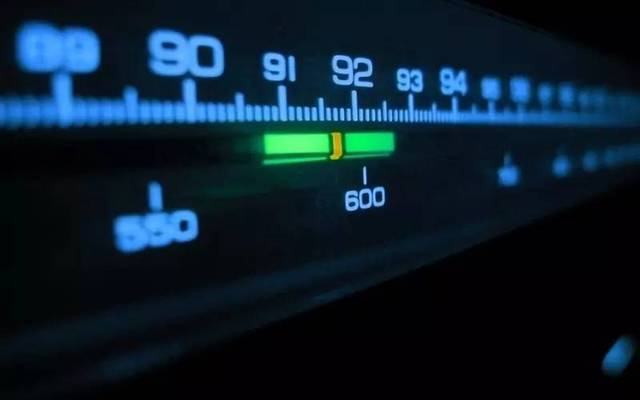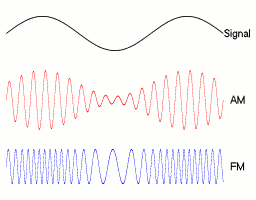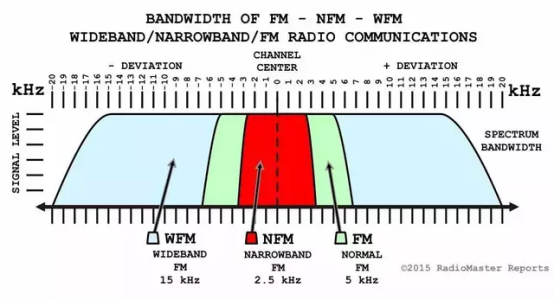+86 15093323284 hams@ailunce.com
Do you really understand FM?

Got an question from our customer who asked " Is it possible to receive in 76-107.95 MHz band in NFM mode with Ailunce HD1? Or it is setp up exclusively for receiving FM in WFM mode (fm broadcast)? Eventually can it be changed from WFM to NFM to decode FM HAM radio transmissions in that band? Thank you. Stefano?" Today, let us together to learn why WFM mode is not suitable for walkie talkie.
Compared with the other modes we usually use, although "FM" is a name, in different cases, a name represents a variety of modulation parameters-such as your hand held radio, which can listen to FM frequency and local FM broadcasting do not mean that they are the same mode, so what is the difference between them?
FM modulation (Frequency Modulation), like other modes, modulates the information content and transmits it on a carrier. Different information is transmitted by changing the frequency of the carrier. Maybe such a picture will make you understand better:

The advantage of this modulation method is that when the signal strength is stronger than a certain value, its signal-to-noise ratio performance is better than AM and other modes. For example, when we normally use a walkie-talkie in a city, everyone ’s signal is strong. FM mode can make most people get very beautiful signals.
And its shortcomings are also here: once the signal fading, the signal in FM mode will become completely indistinguishable, which is why the single-side band(SSB) mode is welcomed in a weak signal environment such as short wave.

Having said the principle, let's look at the differences FM modes.
FM applications are divided into two broad categories: Wideband FM (WFM) and Narrowband FM (NBFM).
The primary difference between the two types of FM is the number of side bands in the bandwidth.
The frequency of narrow-band FM is 12.5KHZ, The FM modulation bandwidth used by our amateur radio is relatively narrow, generally only a dozen to tens of kHz. The natural effect is that the quality of the transmitted sound becomes lower, and it has little effect on walkie-talkies that mainly serve voice. In the amateur band, we can use a narrower bandwidth to use more radios at the same time-if the bandwidth is like FM broadcasting, the amateur band will soon be filled!
the frequency of wide-band FM is 250KHZ. Such a wide bandwidth gives the broadcast signal very good anti-interference performance, and at the same time the signal quality can also be improved. And the wider bandwidth also gives FM broadcast many additional functions, such as stereo broadcast, sub carrier and digital broadcast. With some digital radios, radio station information can be automatically acquired from these signals and displayed.
In conclusion, NFM is a narrowband frequency modulation method, which is suitable for communication signals with a channel bandwidth of 25kHz / 12.5kHz; WFM is a wide band frequency modulation method, which is suitable for receiving broadcast signals with a channel bandwidth of about 180kHz.











